The origin of adakites
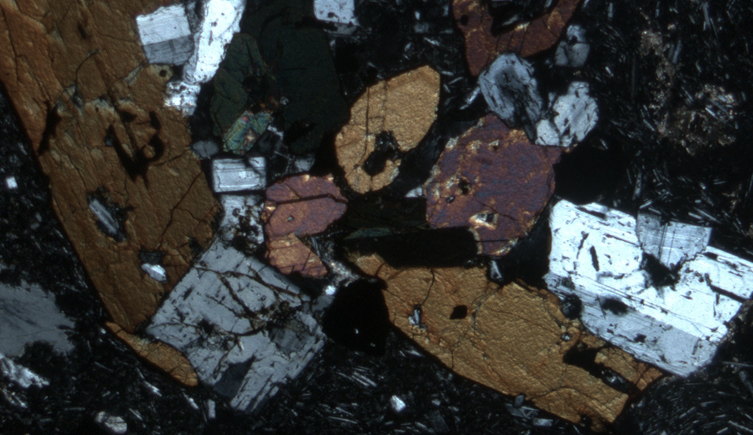
Microphotograph of amphibole (brown) and plagioclase (grey-white) minerals present in an adakitic rock from the western Trans-Mexican Volcanic Belt (TMVB)
Project summary
- Focus: occurence of adakite rocks and their relationship to slab melt
We are investigating the occurrence of adakite rocks and their relationship to the melting of the subducted plate, a process known as slab melt.
Adakites are silica-rich rocks characterised by high strontium-yttrium ratios and low yttrium and ytterbium content.
The origin of adakites is unclear, with opinion divided between two main hypotheses:
- adakites may represent partial melting of the subducted plate - unusual enrichment of niobium in associated basalts is evidence for the involvement of slab melt
- adakites may have little or no connection to slab melts
We are studying single-mineral compositions and melt inclusions in adakites and niobium-enriched arc basalts (NEAB) to determine the slab melt relationship.
The Trans-Mexican Volcanic Belt (TMVB)
Our research identifies adakites associated with NEAB in western regions of the TMVB.
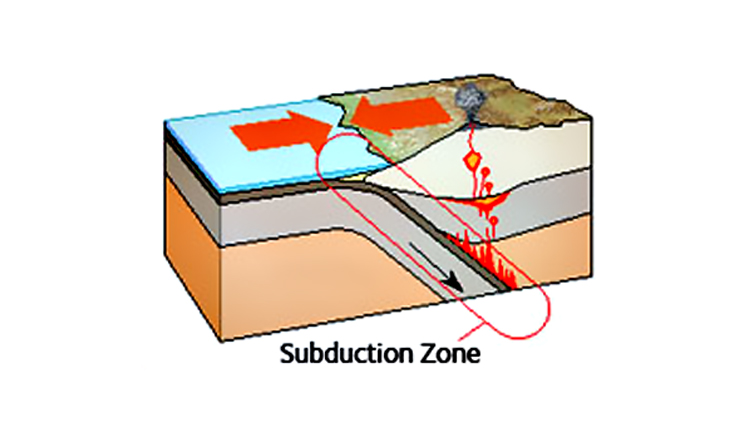
At a subduction zone, the oceanic plate is forced down (subducted) beneath the continental plate and into the mantle © J Schwerdtfeger
We propose a model in which:
- adakites are linked to high-pressure crystal fractionation of normal arc basalt
- niobium enrichment in associated basalts is linked to the diverse composition of the western Mexican sub-arc mantle
The contribution of slab melt cannot be completely ruled out as several questions remain unanswered.
External collaborators
- Dr Luca Ferrari
Universidad Nacional Autónoma de México
External links
The Trans-Mexican Volcanic Belt (TMVB)
The TMVB stretches 1,000km along the southern edge of the North American plate, generating a wide range of igneous products and processes.
The TMVB is an active continental arc that formed around 11 million years ago. The variable composition of its igneous products and volcanic style make the TMVB a particularly interesting subduction zone to study.
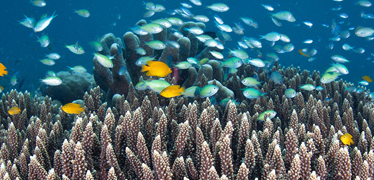
Origins, evolution and futures research
We study the Earth's origins, environment and the evolution of life
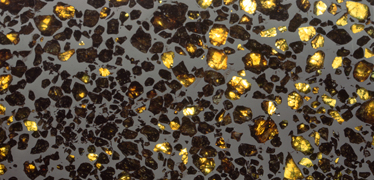
Mineral and planetary sciences research
Investigating the origins and evolution of Earth and our solar system
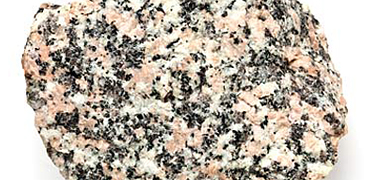
Rock collection
The Museum’s rock collection consists of approximately 123,000 samples collected from around the world